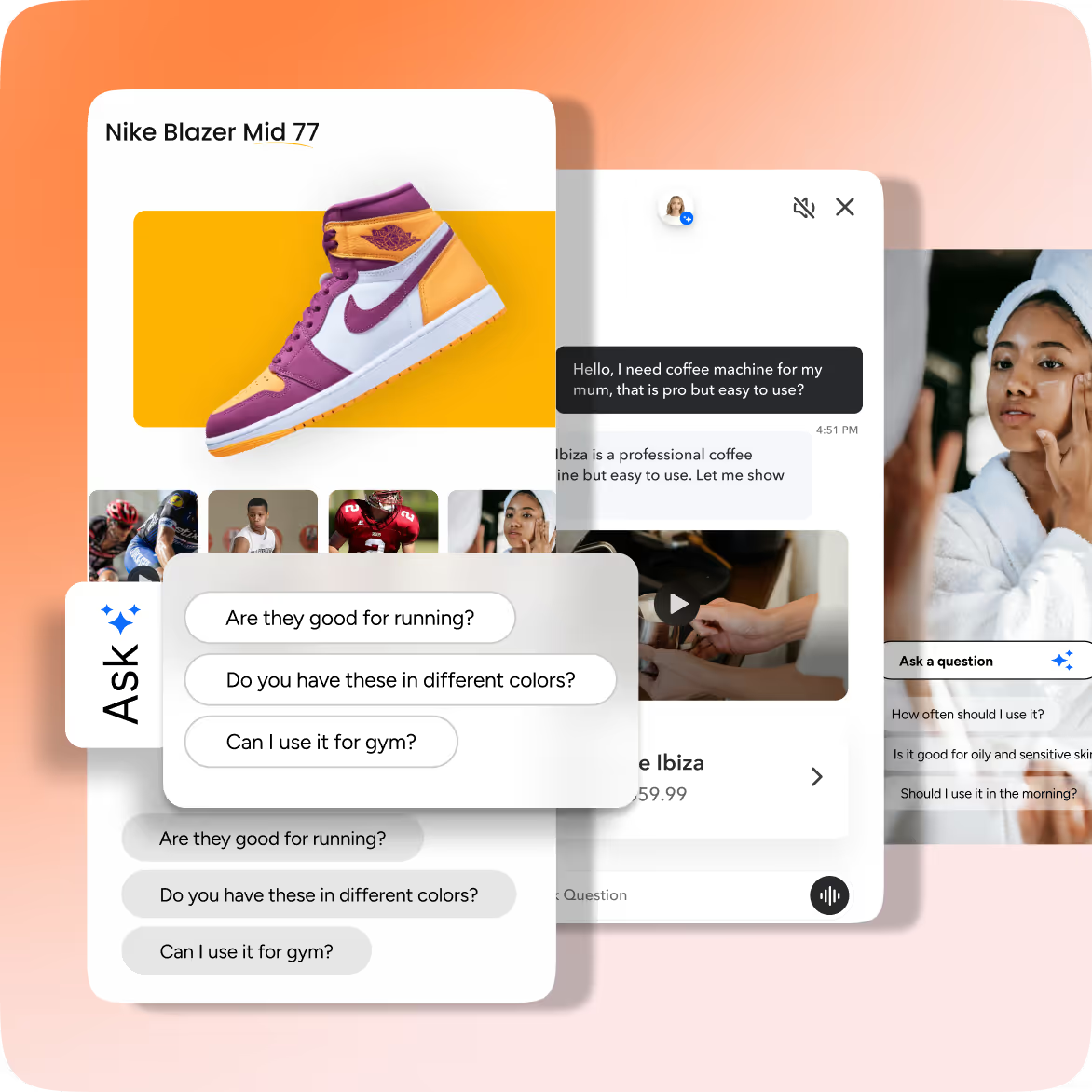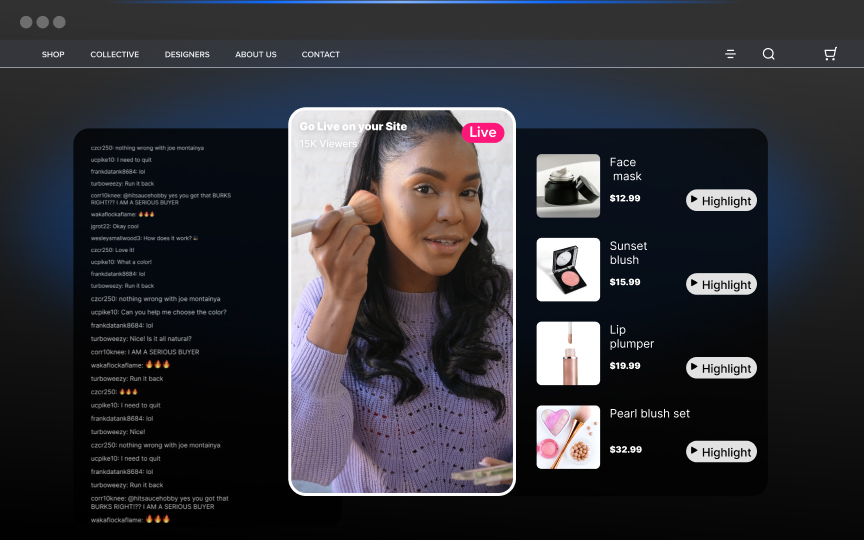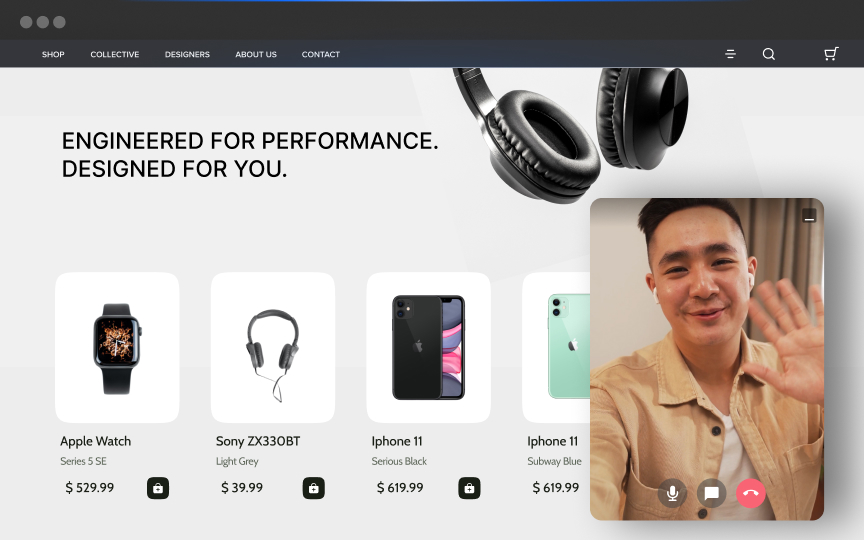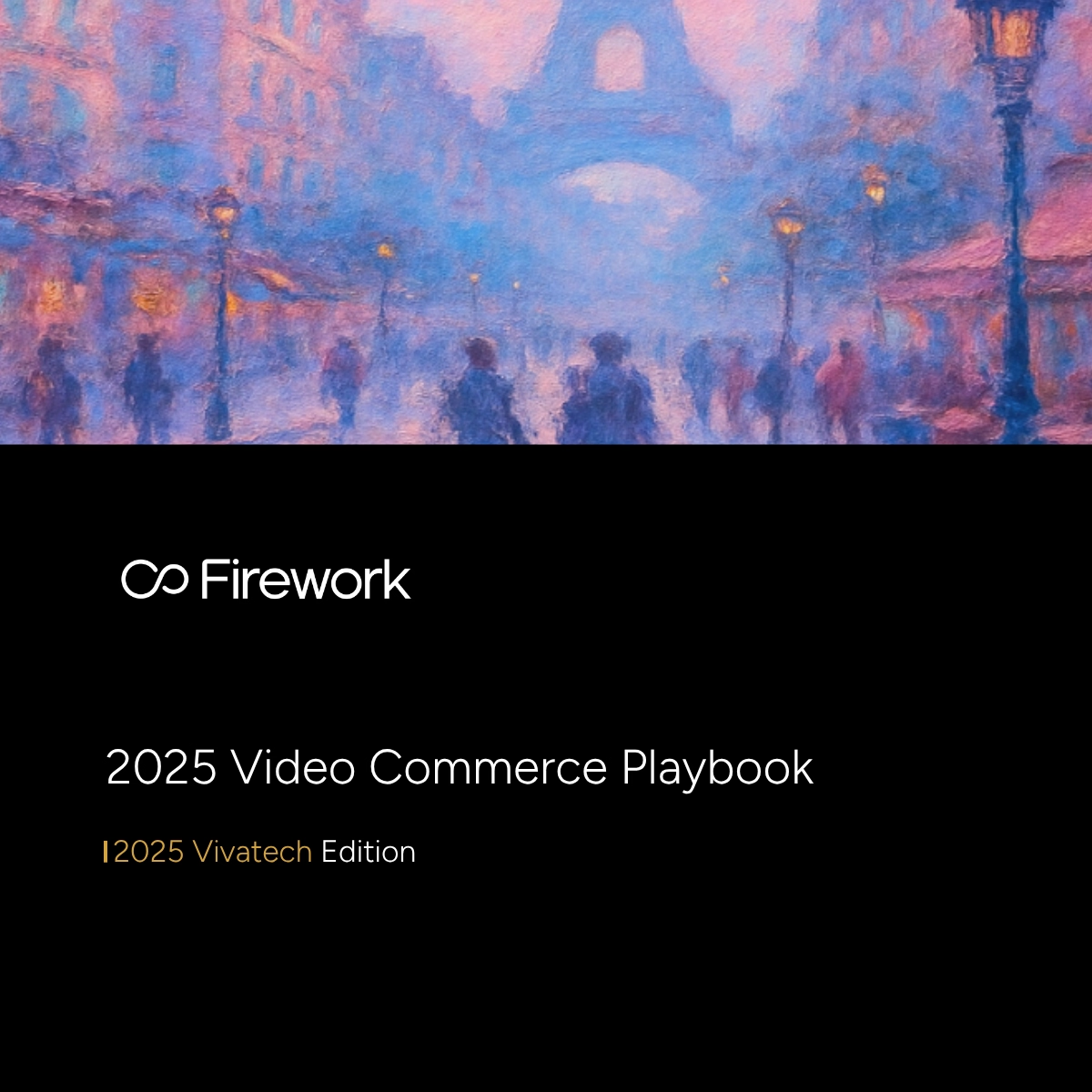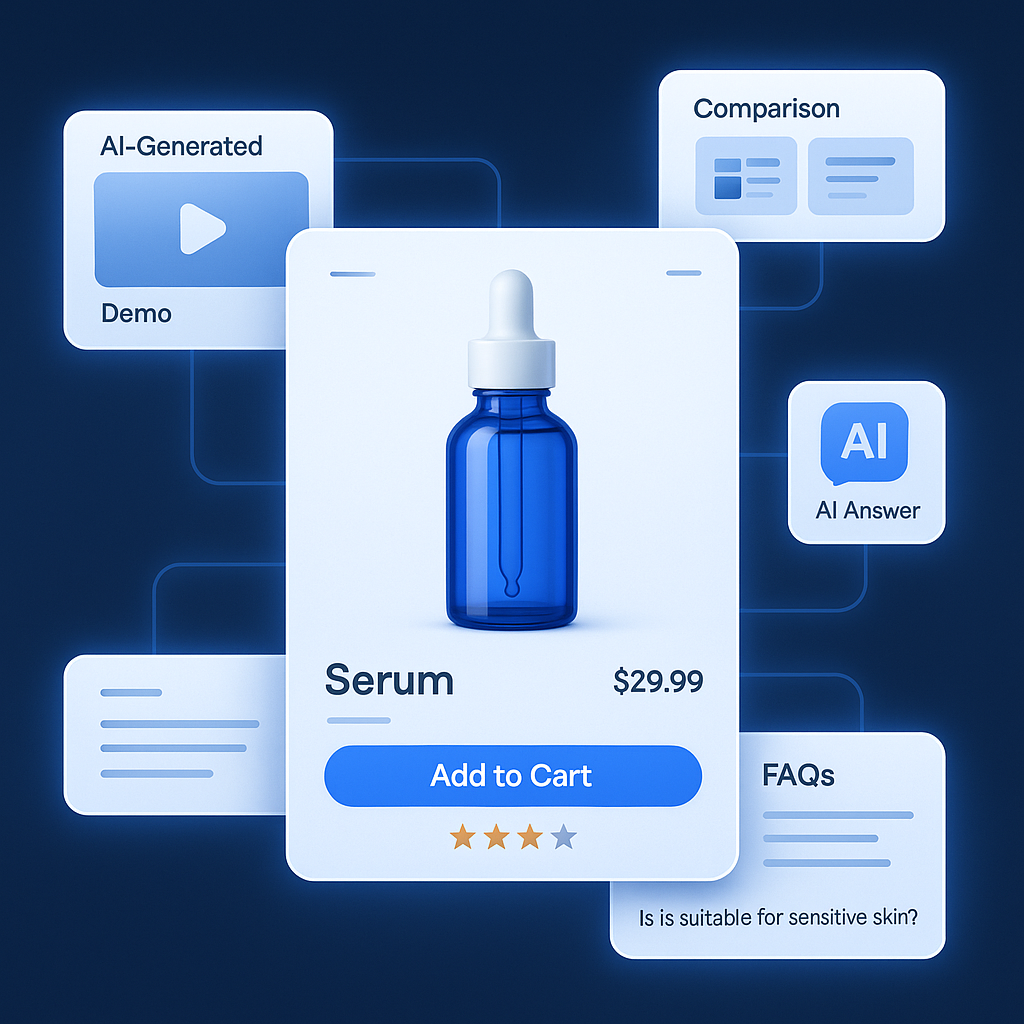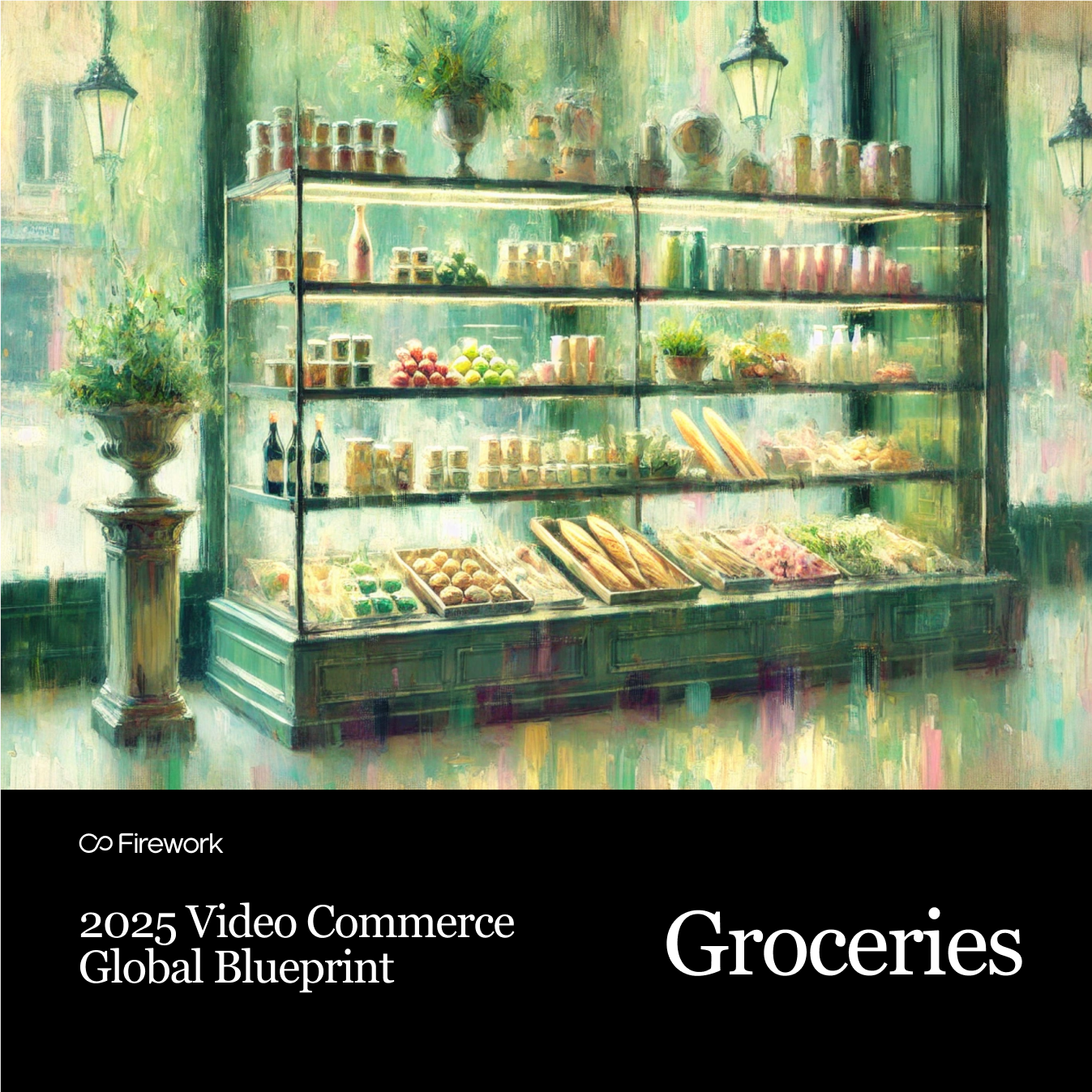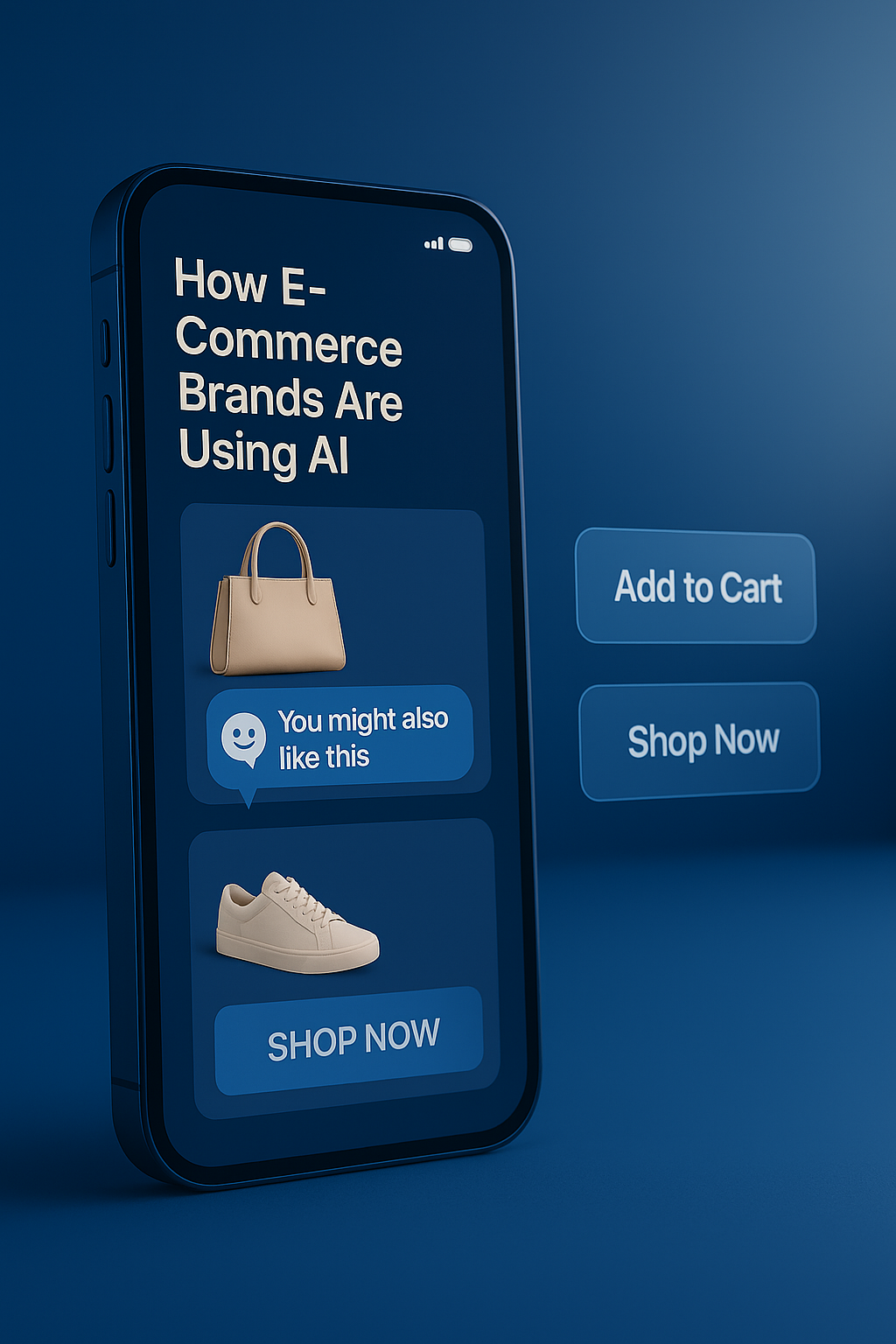For decades, product discovery followed a predictable pattern: shoppers searched, filtered, compared, clicked, and eventually converted. But 2025 marks an inflection point. The rise of generative AI, natural-language search, and predictive recommendation engines is collapsing that funnel into something faster, more intuitive, and radically more personalized.
Shoppers aren’t browsing, they’re conversing. They’re not filtering, they’re asking. And increasingly, they’re expecting the digital storefront to behave more like a smart assistant than a static grid of products.
This shift is reshaping the way consumers find, evaluate, and choose products, and it’s redefining the role of product discovery entirely.
1. Discovery Is Becoming Intent-Led, Not Search-Led
Traditional search relies on keywords: “black dress,” “waterproof speaker,” “skincare for dry skin.” It forces shoppers to translate their intent into the language of the website.
AI flips this dynamic.
Shoppers can express what they mean:
- “I need a dress for a winter wedding.”
- “Show me a speaker that works outdoors and won’t break if it gets splashed.”
- “I want a vitamin C serum that won’t irritate sensitive skin.”
Natural-language intent becomes the new input. AI-driven discovery becomes the new output.
Instead of navigating filters, users get curated, contextual answers with content, recommendations, and education bundled into one experience.
2. The Shopping Funnel Is Collapsing Into a Single Interaction
In an AI-driven funnel, discovery, research, and reassurance happen simultaneously.
A modern assistant can:
- answer product-level questions
- compare options
- surface reviews
- show how-to content
- predict needs the shopper hasn’t expressed yet
- and guide them directly to the right PDP
All within one conversational moment.
This collapses a dozen micro-steps ( the searching, scrolling, bouncing from tab to tab) into a single, guided experience. The result: faster decisions, fewer drop-offs, and a more confident shopper.
3. AI Discovery Removes the Burden of Knowing What to Look For
Most shoppers don’t know the “right” keywords.
They don’t know:
- which model number is newest
- which product is compatible
- which ingredient matters
- which spec is a deal-breaker
- which video proves real-world performance
AI-driven discovery solves this by making the system, not the shopper, responsible for stitching information together.
Instead of searching, shoppers simply describe, and the AI handles everything else.
4. Product Discovery Will Become More Visual, Not Less
AI doesn’t replace visual content, it amplifies the importance of it.
When shoppers ask, “Show me how this works,” they expect:
- videos
- before/after demonstrations
- lifestyle context
- UGC-style motion
- personalized variations
AI discovery is only as good as the content library it can draw from. Brands with deeper visual ecosystems like demo videos, explainers, comparison clips, will have a competitive advantage because AI can surface those assets dynamically.
The future of discovery is multimodal: text, images, video, and structured data working together.
5. Discovery Will Fragment by Shopper Profile and Context
AI makes it possible for product discovery to shift in real time based on the shopper’s:
- intent
- past behavior
- experience level
- style preferences
- price sensitivity
- regional norms
- device type
- time of day
- and even emotional cues
Two people will see two fundamentally different discovery journeys, even for the same product. This is where the AI-driven funnel becomes a personalized engine, not a linear path.
6. The Role of the PDP Will Evolve Into a “Decision Engine”
As AI takes on more of the discovery workload, the PDP becomes the confirmation layer where shoppers validate what the assistant already told them.
Future PDPs will look less like catalogs and more like dynamic hubs:
- AI-generated video demos
- auto-curated FAQs
- real-time comparison modules
- personalized bundles
- segment-specific messaging
- tailored visual assets
- and conversational “ask me anything” layers
The PDP becomes a living, evolving surface powered by AI, informed by behavior, and tuned for real-time relevance.
7. Retailers Will Shift From Passive Catalogs to Active Guidance
For years, e-commerce has focused on offering options.
The next decade will focus on offering answers.
This will reshape the entire retail ecosystem:
- discovery experiences become guided
- PDPs become predictive
- content becomes adaptive
- search becomes conversational
- recommendations become agentic
- and shoppers spend less time browsing and more time deciding
Retailers who embrace this shift will outperform on conversion, satisfaction, and loyalty.
Conclusion: Discovery Is Becoming a Dialogue
The future of product discovery is not about more content or more choice, it’s about smarter pathways, deeper context, and faster resolution.
In an AI-driven funnel:
- shoppers don’t navigate → they ask
- brands don’t present → they guide
- product pages don’t inform → they adapt
- and discovery becomes a conversation, not a chore
The brands that win will be the ones who build the experience around what shoppers truly want: clarity, confidence, and effortless guidance.
Want to understand how AI-driven product discovery can improve conversion, confidence, and buyer intent across your digital storefront? Talk with our team to explore how modern brands and retailers are rethinking the funnel with AI-powered content, personalized assistance, and dynamic PDP experiences.
Unlock Exclusive Insights
By submitting this form, you agree to Firework's privacy policy and consent to receive personalized marketing communications. You can unsubscribe at any time.
